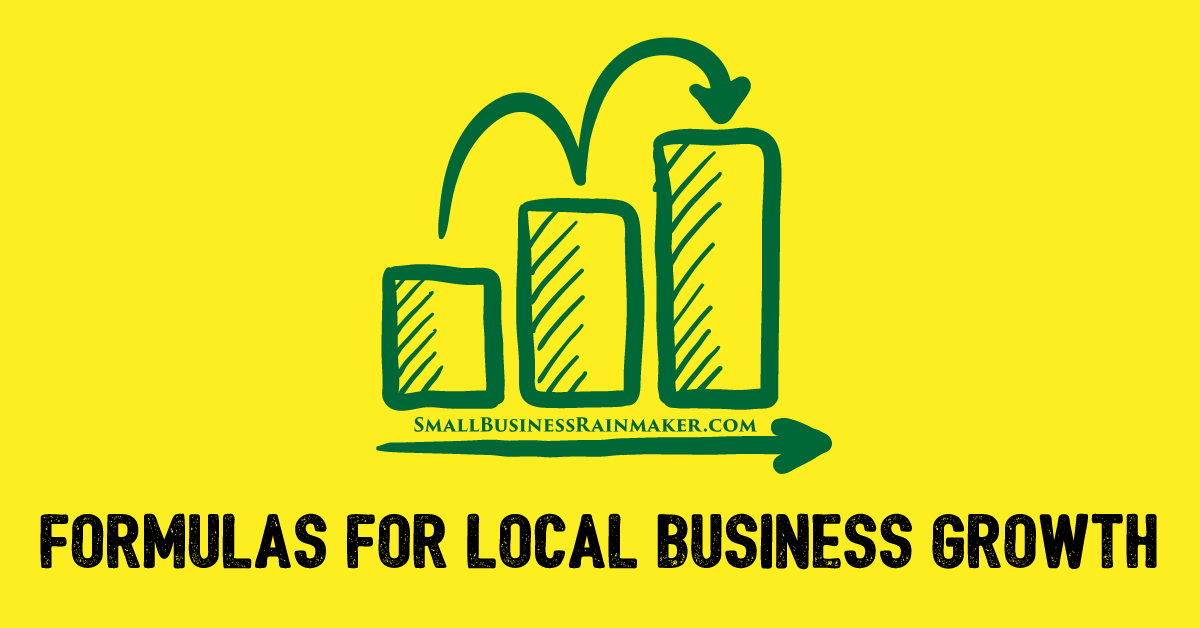
Wouldn't it be great to launch your business with the certainty that it will work? Let me tell you something, there is nothing magical about it, it’s all about research and business idea validation.
The faster you can test your idea and show that it is profitable or not, the faster you will speed up the process to start developing the project. Or, more importantly, in the case it is not feasible, you can quickly drop out and move on to your next project without losing your money on the way. As they say, “fail fast, learn faster.”
This is the era of ideas. Ideas that are unique, captivating, and helpful to the receivers or target audience. On one hand, where lots of entrepreneurial ideas fail every day, some make a huge impact.
However, the chances of failure can be reduced with the help of some basic entrepreneurial tricks. They’ll help to validate the business idea and make it workable in no time or quickly send it to the junk pile
This whole process of developing a business or a new product starts with an idea that not only clicks but solves a problem of the intended audience. So before starting your business or entrepreneurial venture, take some notes from the following market research strategies to validate your next business idea.
How to Instantly Discover if Your Business Idea Has Enough Market Demand
The success of your idea is based on how well you have studied the market and to what extent your idea is going to be beneficial for the targeted community. That’s where the validation of your business idea lies.
Here are three basic but mandatory questions to ask before diving into the practicality of your idea. (Applicable to any sort of business idea to measure the success rate.)
1. How many people have the problem that you are trying to solve?
There are many tactics that you can use to find out what your market really wants: surveys, bulk mailing, in-person meetings, and more, all leading to a single question “How many people are going through the problem that you are planning to solve?”
The success of your idea is directly proportional to the people who might buy that idea.
For example, Uber is something that got accepted worldwide in minimal time. The reasons are clear.
They studied the market, researched about the people who were using public transport daily and asked them what problems they were facing. And through this study, they found out where the problem was. This simple case study launched the company. As of the fourth quarter of 2019, Uber’s ridership worldwide reached just over 1.9 billion trips.
2. Are they willing to pay for a solution to their problem?
The greater the problem, the greater the number of people who would gravitate towards your idea. It’s a game of want and need.
The second step of analyzing the practicality or demand of your idea is to assess whether people are really bothered over a thing and if they seriously want to solve it. In other words, is that problem is painful enough for them to pay for a solution?
If people are facing a problem, obviously they try to get rid of it. And if you want to translate that in terms of business idea validation, you want them to be willing to pay for it.
3. Can they actually pay for it?
Once you know they are willing to pay, the next step is to know if they can really afford it. Being willing to pay and being able to pay are two different concepts that many entrepreneurs ignore when developing the business idea, which ends up wasting a lot of time (and money) developing a solution that the market cannot afford.
So please, ask yourself if your target market can afford to pay for your solution. I want to give you an example so that you can understand what I am saying here.
Imagine that your “solution” is a social media consultant for young personal trainers starting their businesses.
Are they willing to pay? Of course, they want to be the next Instagram influencer.
Can they actually pay? Unfortunately, no. Because they are starting, they don’t have enough clients or capital. Also, their market is highly saturated so they can’t start out charging high rates.
How to ask the experts and get valuable feedback for free
Becoming an expert takes a long time, a minimum of 10,000 hours of practice, according to Malcolm Gladwell. So an expert's opinion exudes years of experience that can set you apart from your competition.
I know what you're probably thinking right now "experts are very busy people" who won't listen to me. Let me tell you, that is not quite true.
There is one thing that experts and top performers hate above all things: wasting their time. Conversely, there is one thing that experts love to do: share their knowledge with others.
The question here is, how can you get access to the top experts in your field and ask them for advice? The assumption that they are so busy is true, so here are a few things that you need to keep in mind if you want to get results.
First, show genuine interest in what they do. Before reaching out to each expert you must do your research. Maybe they published a book, uploaded a talk to YouTube, or wrote regularly on a blog. Whatever it may be, go and check it out because you will need that information once you contact them.
Second, be direct and specific when asking your questions. They don't have time to write a long email with a step-by-step explanation, but they will give you valuable quick tips if you can ask the right questions.
Finally, you are probably wondering where and how to find those experts. Well, you have a large variety of platforms and networks these days, but for this specific case I strongly recommend LinkedIn.
You can even use the free membership on LinkedIn to search by industry, position, geographic area and apply keywords to filter your results and find the right profiles.
The next step is to connect with them and ask the right questions. If you do this process well, I assure you that the results will surprise you.
Go to the source: how to get real feedback from potential customers
It is not by chance that I recommend LinkedIn. LinkedIn is one of the strongest social networks out there right now and by far the best professional network.
At the moment, LinkedIn will distribute your content widely and organically across their platform. It likely will not be like this forever as happened with Facebook, but now it’s an advantage that you can use.
Having that in mind, I’m going to share with you a simple but effective 3 step process that you can use right now to get direct feedback from potential clients.
1. Create an article solving a problem that your target market have
If you are trying to validate your business idea, you should start thinking in terms of problems and solutions. You need to identify one pain point that your market has, something that they really want to solve —and is causing them pain.
Let’s imagine that you are validating a potential idea to help business owners to improve team productivity. One burning pain they must have is how to keep their team productive while working remotely.
For example, you could write an article that shows the best tools to improve communications between remote team members and how to shorten response time with clients.
2. Find the right LinkedIn Groups and share your article
The next step is to find where your target market is and put in front of them your content. The best way to do this on LinkedIn is by identifying the right groups. Following the previous example, business owners will typically be members of groups like: CEOs, Top executives and similar groups.
Of course, the next thing is to share in each of those groups your remarkable article to solve a problem that they have in the back of their head.
If you do it right and share it in several related groups (you can be a member of up to 100 groups) people will react to and comment on your article.
Don't get frustrated if you don't succeed on your first try, sometimes it takes time to find the approach that resonates with the right audience and get them to act. It’s all about learning and optimizing.
3. How to contact and get real feedback from potential customers
So far so good, but now is time to actually contact those potential customers and ask them directly for feedback. At this point, you probably have a bunch of interactions and comments on your post that you have distributed across different LinkedIn groups.
The next step is to go to the section “Members” that you will find on each group, that basically shows you a list of every member of the group, very often there are thousands of them. You simply need to search by the name of every profile that has interacted with your content and send them a direct message.
I am going to share with you a personal template that I use and that has given me excellent results:
Hi [NAME],
Thanks for commenting on my last post. It's always great to know that other people find my content useful.
By the way, I am doing some research, can I ask you something?
Cheers,
[YOUR NAME]
I still use this template to get feedback when I am validating a new service or simply because I want to create new content and I want to discover new topics and problems that my audience has.
By the way, if you are wondering how you can contact those profiles and send them a direct message if they are not a first degree connection, no worries. Here is a hidden secret about LinkedIn: you can send direct messages to any contact that is a member of your groups for free.
As you can see, with this strategy, you have a virtually unlimited source of feedback from your potential market to validate your business ideas and steer you towards business growth.

Fran Canete is an online business expert who helps ambitious entrepreneurs to start an online business and build their dream lifestyle.
He is also the host of The Side Plan, a podcast that teaches online entrepreneurs how to start, grow, and scale their businesses.
















Leave a comment